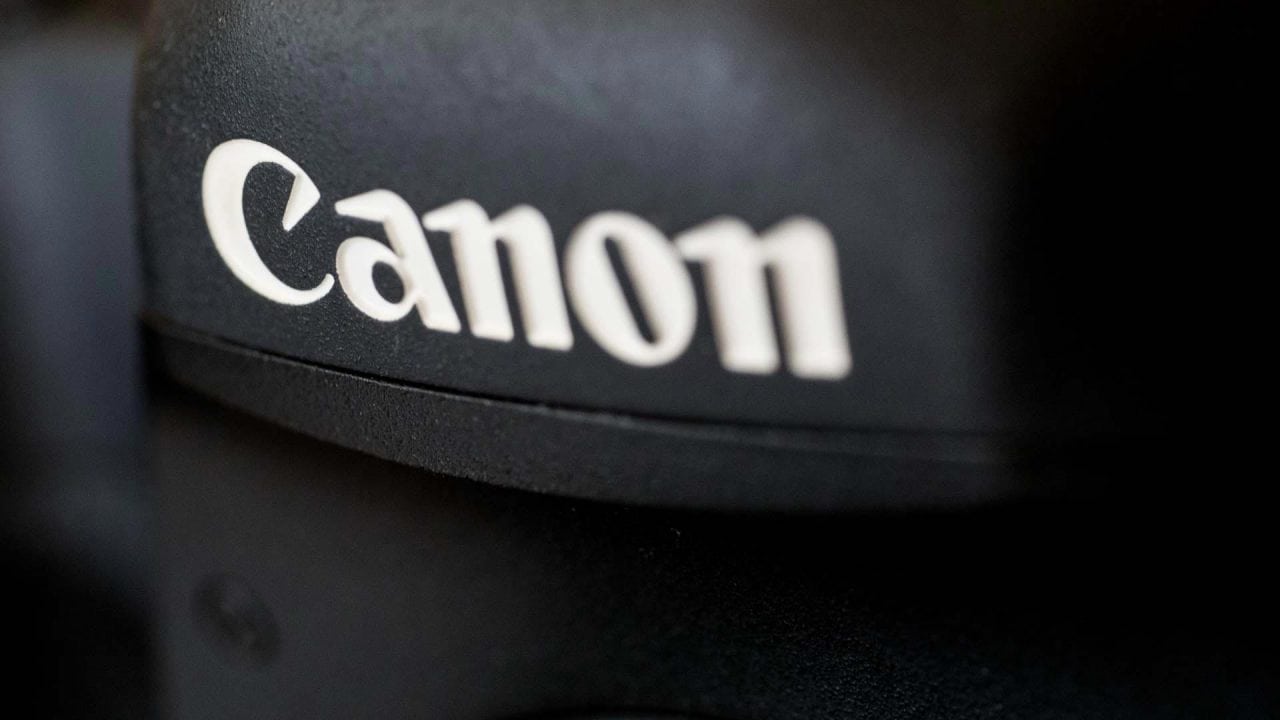[ad_1]
Thomson Reuters, Canon, and Starling Lab have successfully completed a pilot program designed to certify the authenticity of digital images in a bid to bolster the integrity of photojournalism and ease public concerns about fake news. This collaborative effort aims to embed trust from the moment a photo is taken to its final publication, ensuring that the news-consuming public can confidently distinguish between genuine and manipulated content.
Reuters integrated a technology framework from Starling Lab to authenticate and preserve the metadata of each image within its picture desk workflow. Starling Lab is an academic research entity based at Stanford and USC, known for its innovation in cryptographic methods and decentralised web protocols.
Rickey Rogers, Global Editor of Reuters Pictures, expressed that trust in news is paramount, especially in the current landscape where technological advancements make it easy to manipulate images. “Trust in news is critical. However, recent technological advancements in image generation and manipulation are causing more people to question what is real, and what is not. Reuters continues to explore new technologies to guarantee that the content we deliver to the world be factual and trusted,” Rogers said.
“Our collaboration with Canon demonstrates the potential for new technology in image verification to increase consumers’ confidence that what they see is genuine. We look forward to sharing the encouraging findings from the project with our customers and applying them to protect our photojournalism. Our goal is to remain one of the most trusted global news sources.”
Canon provided prototype cameras for the pilot, which embed a unique identifier into each photo, alongside the time, date, and location data. This unique hash value is cryptographically signed to establish a foundation of trust for each photograph. Subsequently, the images are registered on a public blockchain, which is updated with each modification by the Reuters pictures desk. This ensures a transparent and traceable record from the moment the photo is taken until its final distribution. To confirm the authenticity of an image, viewers can simply cross-reference its unique hash value on the public blockchain ledger. Reuters photojournalist Violeta Santos Moura tested the Canon prototype camera for this pilot scheme.
Richard Shepherd, Senior Manager of Product Marketing and Marketing Strategy at Canon Europe, noted that Canon is part of the Content Authenticity Initiative (CAI), and is committed to preserving the integrity of news images. “We understand the role that images play in society and recognize the importance of preserving image authenticity,” Shepherd said.
The pilot represents one of the first practical applications of blockchain and cryptographic technology in news-gathering. Its timely execution coincides with growing consumer skepticism about the credibility of online news, fuelled by advancements in generative AI technologies that can easily create or alter visual content. As the collaboration between Reuters, Canon, and Starling Lab moves ahead, the findings from this pilot project promise to have broad implications for the news industry and public trust.
[ad_2]
